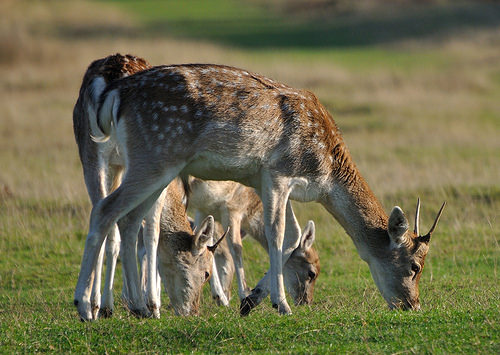Bradgate Park
Bradgate Park is one of England’s most outstandingly beautiful nature parks, located in Charmwood Forest, Leicestershire. Spread over 830 acres of publicly accessible land which was first designated as an enclosed deer park as part of a preservation project Bradgate Park offers some of the most spectacular examples of the beauty to be found in the English countryside.

The History
England has a long history of conservation efforts and owing to its previous position as the cultural and scientific heart of the Western world, many of these projects, such as Kew Gardens in London, celebrate the diversity of life that was to be found throughout the empire. However domestic projects like Bradgate Park predate the century or so of Pax Britttanica and the smattering of similar sites across England, such as the New Forest in Hampshire, represent some of the longest running and most successful examples of these efforts to preserve our natural heritage.
Like many of these, Bradgate Park began in medieval times, being extended in the 15th century. The ruins of Bradgate House remain publicly accessible, the house was completed early in the 16th century with the precise date unknown. The entire park was only partly accessible to the public until 1928 when the house and grounds were given in perpetuity to the people of Leicestershire.
Wildlife
The park consists mainly of rocky moorland with plants like bracken being prominent. Ancient oak trees, some several hundred years old, stand in several places throughout the grounds. As with most English woodland, deer are a regular feature, both red deer and fallow deer. An area of ancient woodland known as Swithland Wood is a designated site of special scientific interest owing to the diversity of the local ecosystem, and is home to a wide range of flora and fauna.
Bradgate Park is also considered to be of interest to geologists and features both some of the oldest, and youngest rocks to be found in Britain. Some of these rocks provide direct evidence of ancient volcano activity although an exact date is unknown.
Things to Do
In addition to a number of walking routes through the park, there is also a tarmac track that runs unobtrusively through much of the grounds offering a cycle route. Besides wandering the grounds and wildlife spotting, there are a few landmarks worth seeing. One of these is a folly, a building whose primary purpose is decoration, atop the tallest hill in the park known as Old John. The building dates back to the 18th century when it was constructed in place of a windmill that had previously occupied the same spot.
On the adjacent ridge to Old John is a war memorial dating from 1920 commemorating the Leicestershire Yeomanry for their service in both the Boer War and World War I. Another historical landmark is the Cropston Reservoir, constructed in the 19th century to meet the growing demands of the county. There is also a tea room and visitor centre located near the reservoir that offers souvenirs as well as books detailing the history of the area.


